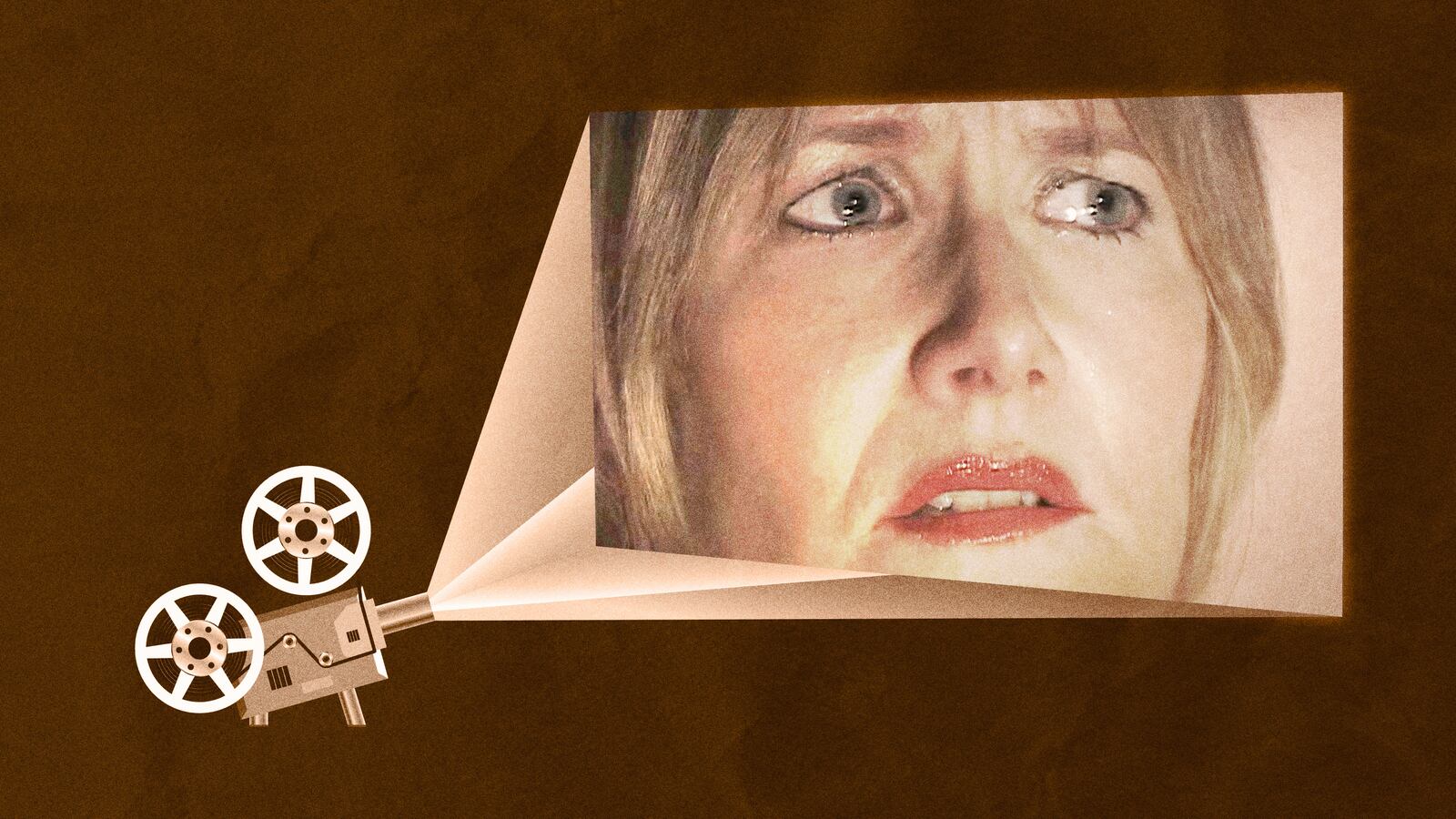David Lynch made many tremendous works of art over his staggering career. His 2001 film Mulholland Drive is often cited as one of the greatest films of the 21st century. His television series, 1990’s Twin Peaks and 2017’s Twin Peaks: The Return has received similarly titanic praise. He’s directed music videos for artists including Moby, Interpol, and Nine Inch Nails and commercials for companies as wide-ranging as Calvin Klein, Honda, and PlayStation. That’s not to mention various short films, web series, and even music albums.
Lynch died Jan. 16, and in his vast body of work, there’s one piece I’ve never stopped thinking about: Inland Empire, his final feature film from 2006.
Ostensibly, Inland Empire has a straightforward plot: Actress Nikki Grace (Laura Dern) gets a coveted new role, but as she gets further into the development of her character, the lines between her reality and her performance start to blend. The film, On High in Blue Tomorrows, is a remake of a Polish project that was never finished and is believed to be cursed. If there’s one thing you can expect from David Lynch, it’s to expect the unexpected—but even still, there isn’t anything that can prepare you for how completely bizarre Inland Empire really is.
The film is startling to look at. Lynch shot it himself on a low-res Sony camcorder rather than the typical film or high-resolution camera. It was a shocking move in 2006, and in a contemporary era obsessed with making films as crystal clear and high-def as possible, it’s doubly surprising to look at now. Yet the choice is a brilliant one. The deliberately low-res video creates the sense that you’re watching someone’s intimate home videos, lulling you deeper into this bizarre world Lynch crafted than vibrant glossy images ever could.
Inland Empire, which carried the tagline “A Woman in Trouble,” is one of the most crushingly anxious movies ever made. The first time we see Nikki, she’s visited by a neighbor (Grace Zabriskie) and the conversation is so eerie and unsettling that it’s all but impossible to look away, even if you can’t figure out what the heck the neighbor is getting at. From there, plot threads merge together and multiple timelines ensue with no predictable rhythm or reliability. This isn’t done for showmanship, but instead to reflect the perilous mental state of our protagonist, who’s a woman in trouble in more ways than one. It’s a film that’s so bizarre it’s borderline unspoilable—about the madness of Hollywood, the things that haunt us,
That strangeness makes it completely hypnotizing rather than off-putting. Lynch was a brilliant director of actors, and he gets a shattering performance from the brilliant Laura Dern. It’s a frightening acting turn that gets deep under your skin and into your nervous system, but there’s a gentleness that makes it incredibly watchable. Lynch loved Dern’s performance so much that he campaigned for her to be nominated for an Oscar in a way only he could—sitting on a street corner with a cow and a giant poster that read “For Your Consideration: Laura Dern.”
Inland Empire enshrines the utter brilliance of David Lynch. He was a filmmaker who kept you guessing throughout an entire film—even through all 180 minutes of Inland Empire’s running time. But he also created such unique works of art that you’d ponder them long after the film ended. In the decade-plus since I’ve first seen Lynch’s Inland Empire, I find myself thinking of it more often than almost any other film, keen to unlock its mysteries—though frankly, I don’t think I’m ever going to. That’s not going to stop me from trying.
Inland Empire is available to stream on Max, Prime Video, The Criterion Channel, and Apple TV+.







